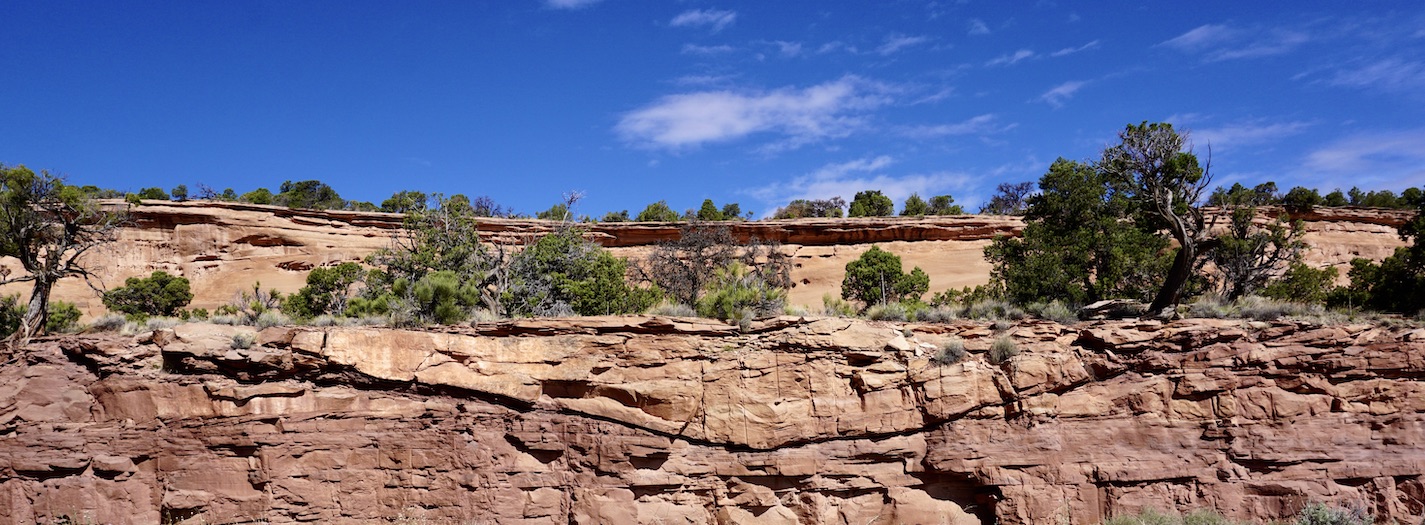
Reservoirs in Arid Fluvial-Eolian Depositional Settings
Course Details
Most field trips focused on fluvial systems lead participants to multiple outcrops of the same formation. The assumption is that attendees will learn “enough” from the outcrops to be able to import some of these ideas to their own sub-surface reservoirs. This can be problematic for multiple reasons. Asset team geologists will often return to work and expect to find levees, point bars and crevasse splay deposits in every fluvial succession they look from then onward without realizing that these do not occur in every fluvial system. Humid coal-rich coastal plains like the ones participants often see on Book Cliffs field trips or tidally influenced fluvial systems in Drumheller make poor analogs for the sort of streams that typify arid settings. In this course instead of focusing on just one, we compare and contrast six ancient and one modern fluvial system that show varying degrees of discharge variability. The goal is for participants to be able to understand that not all architectural elements exist in every fluvial deposit and alluvial stratigraphy can be highly variable. The six systems include the Organ Rock, Kayenta, Moenkopi, Cedar Mountain, Morrison and Chinle Formations in Colorado and Utah.Who Should Attend
• Geologists • Geophysicists • Petrophysicists • Engineers
This course is meant for all who are working on arid fluvial-eolian systems especially in the Hegre Group (Lunde, Skagerrak, Lomvi) of the North Sea and the Gharif Formation in Oman.Need more information?
Course Outline
Day 1
You will be arriving the day before the course starts at Canyonlands Field Airport, Utah, USA and will be picking you up and checking you into your hotel in Green River, UT. The next morning we will begin with a safety briefing, orientation to the field area and an introduction to arid fluvial systems.
Our field stops on the first day are clustered around Colorado National Monument and the focus is for participants to develop a feel for seismic facies and well log signatures of fluvial vs eolian strata.
Since the focus of this field trip is exclusively on terrestrial strata we will discuss bounding surfaces that have nothing to do with sequence stratigraphy. Participants will learn to identify Fluvial Flooding Surfaces, Sand-Drift Surfaces, Stokes Surfaces, and Reactivation Surfaces and their utility as correlation tools.
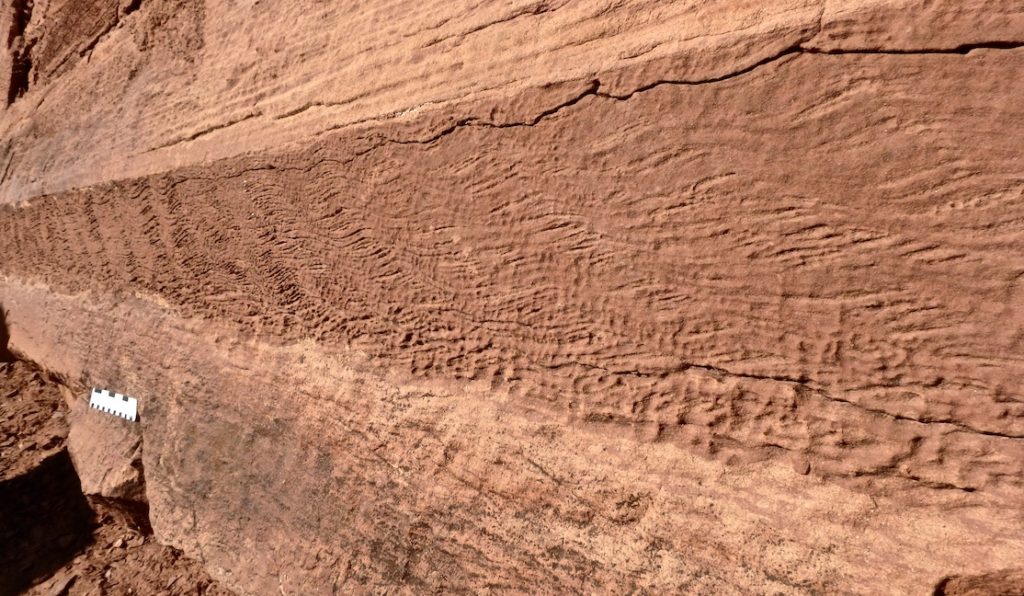
Day 2
Morning lectures will focus on Chris Fielding’s classification of fluvial systems according to discharge variability and Miall’s architectural element analysis.
The field area for this day is around the highly picturesque Castle Valley and Canyonlands National Park. We will begin by looking at Distributary Fluvial Systems starting with some coarse-grained facies associations and associated paleosols in the Permian Organ Rock Formation. We will then look at upper flow regime bedforms in the Jurassic Kayenta Formation.
Participants will perform architectural element analysis on select outcrops. The goal is for participants to develop a thorough understanding of reservoir connectivity and compartmentalization.
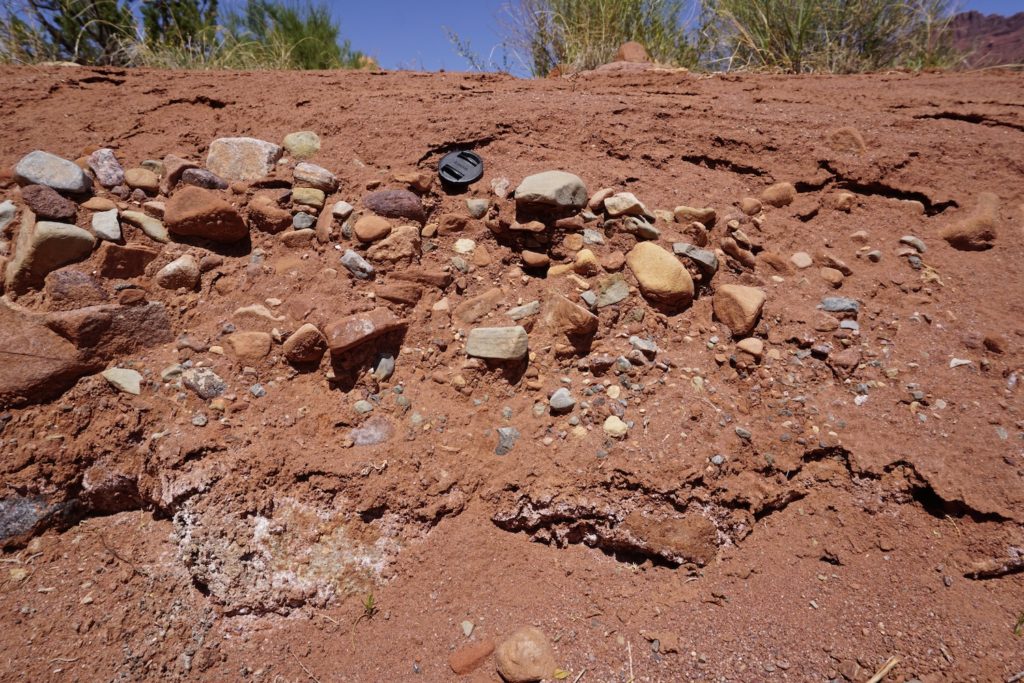
Day 3
We will be checking-out of our hotel in Green River, packing and moving on!
This is our Eolian day. The lecture on this day will be in the field in Goblin Valley and will focus on eolian depositional processes and the classification of bedforms, and permeability barriers in eolian systems. There is always a certain degree of permeability anisotropy in eolianites. Understanding the controlling factors is paramount for any sort of increased oil recovery. The aim of this day is for participants to understanding factors that influence fluid flow in ancient dunes.
We will be hiking through one of Utah’s most famous slot canyons for a total immersion experience! participants will get to see beautifully preserved eolian sedimentary structures including various types of windripple strata, grainfall strata, grainflow strata and soft-sediment deformation.
At the end of the day we will be checking into a hotel in Torrey, Utah
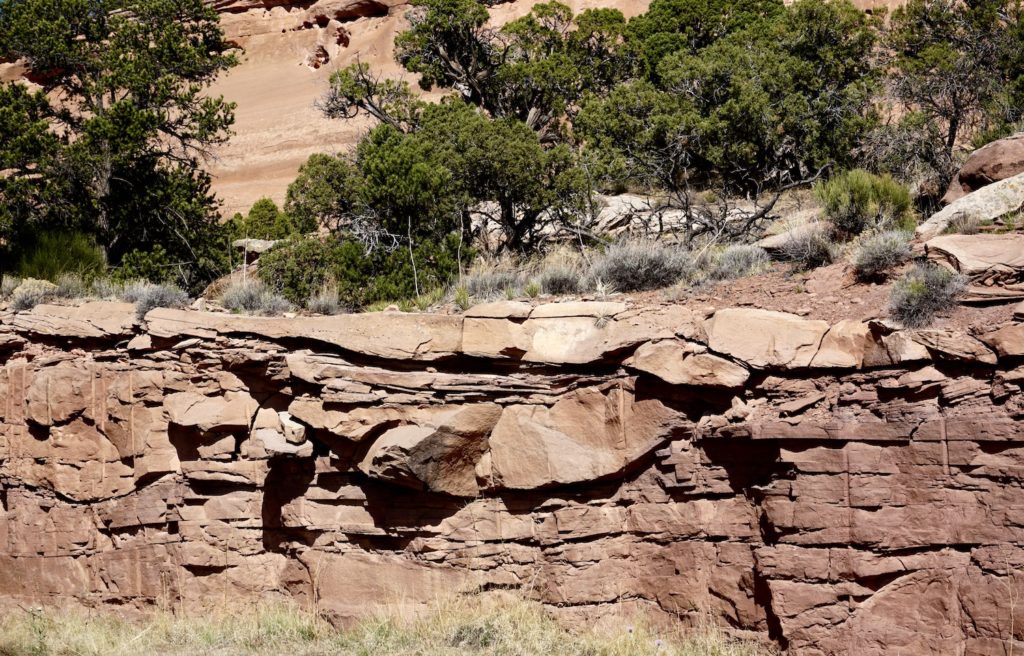
Day 4
The focus of day 4 are fluvial systems characterized by low to moderate discharge variability. We will look at some fluvial systems characterized by seasonality and slightly wetter climate – the Chinle and Morrison Formation to provide contrast with the arid fluvial systems which are the focus of this trip.
The outcrops for the second half of this day are scattered around Capitol Reef National Park. We will be spending a lot of time looking at architectural elements in the Triassic Moenkopi Formation with an emphasis on sheet-flood deposits. We will then compare observations from the Moenkopi with modern high discharge variability streams in the area.
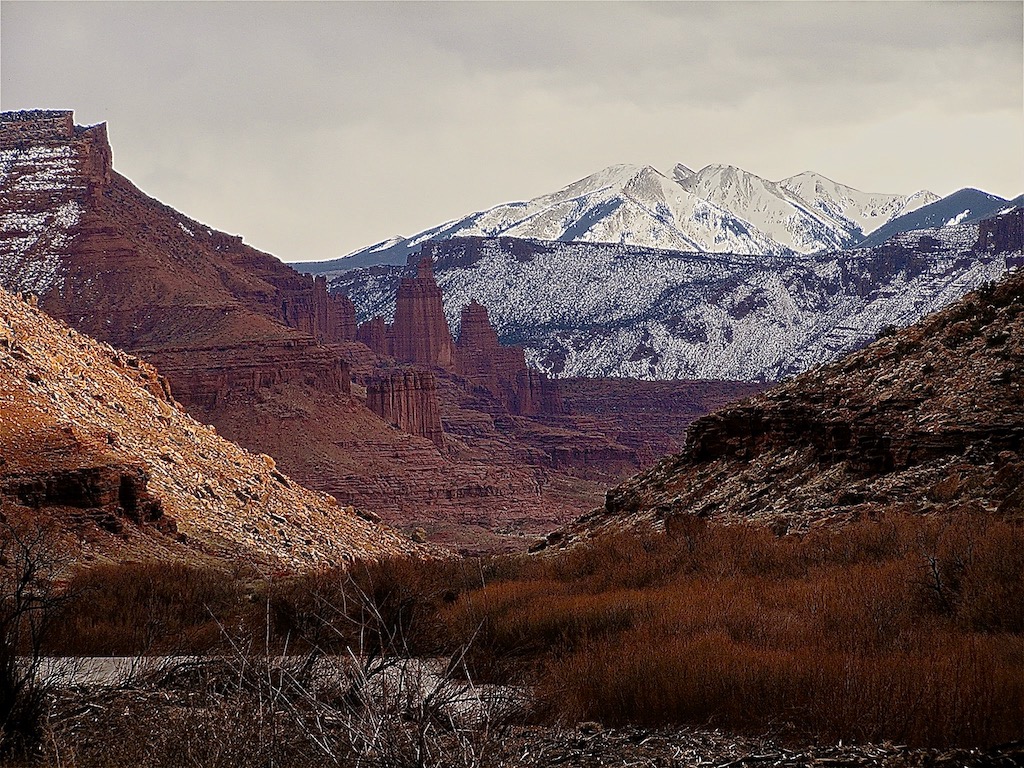
Day 5
The focus of this day is calculating fluvial morphometric parameters that are needed in geomodels. This includes channel width, channel belt width, channel depth and sinuosity. We will do so by taking measurements from one of the world’s best preserved fully exhumed channel belt which is preserved in 3D.The afternoon will be spent on techniques for fluvial sand-body correlation using well-logs.
We will be dropping you off at Canyonlands Field Airport for an evening departure.
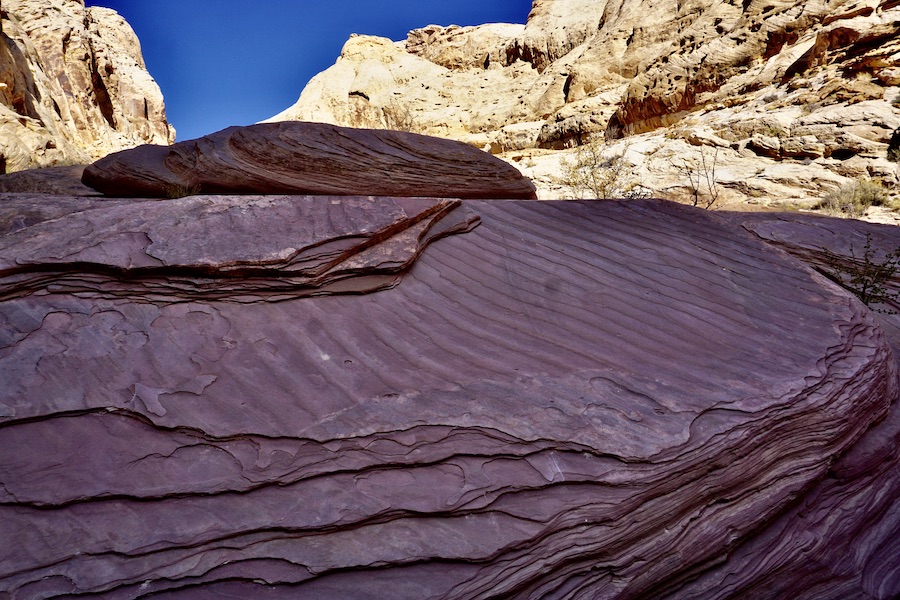
This field trip runs during the first week of October every year. The cost of the field trip is $6500 and this includes tuition, course manual and exercise materials, 5 nights hotel stay, breakfasts-lunches-dinners, snacks and drinks in the field, transportation, fuel, and national parks passes.
If you intend on going on this trip we strongly urge applying for a US visa with our letter of invitation no later than Aug 2025.


